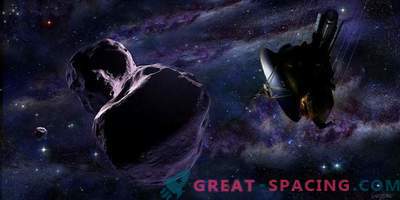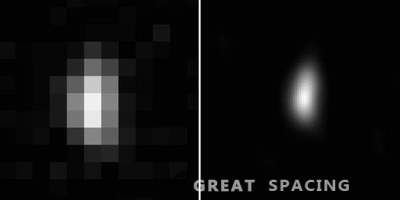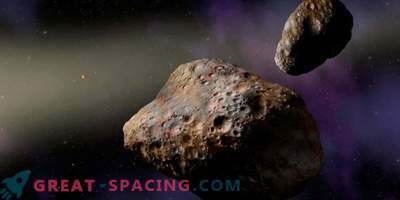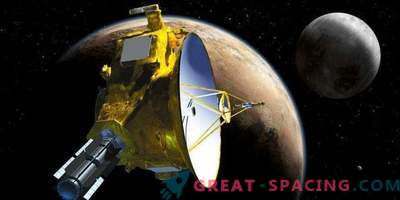
On January 2, the New Horizons spacecraft performed the most distant flight, sending photos of the Kuiper belt object. This is an unusual Ultima Thule. The ice asteroid is shaped like a snowman, which surprised the viewers. But for the scientist and planetologist William Hartmann, this concept did not become a novelty.
The top image shows the paintings that Hartmann presented from 1978 to 1996. Thus, he tried to illustrate the possible collision of distant asteroids at low speeds. Now they are compared to the first color photograph of Ultima Thule.
In 1969, astronomers at the University of Arizona noticed that the asteroid (624) Hector, located outside the main asteroid belt, exhibits strange changes in brightness during rotation. In the late 1970s. Hartmann was able to prove that these changes were caused not by the presence of a side with brighter material, but by the unusual elongated shape of the object.

Visualization of composite double asteroids created in low-velocity collisions: 1978 (top left), 1980th (top right), 1996th (bottom left) and Ultima Thule image from the New Horizons mission (bottom right)
The scientist was interested in how similar celestial objects are formed in the early solar system. Indeed, as a result of collisions at low speeds, planets appeared. Such objects began to be called “composite doubles”, where “doubles” - consisting of two halves.
The 1978 Hartmann painting shows a composite double concept in gray. In 1980, he demonstrated that many bodies in the outer solar system are endowed with a reddish-brown color.
Ultima Thule is not only the first obvious example of a composite double object, but also strongly resembles Hartmann’s 1996 visualization. The scientist also predicted the presence of bright material in the “confluence” zone, which is noticeable in the photographs sent by the New Horizons apparatus.











































